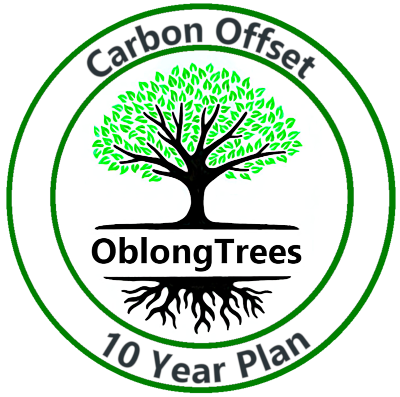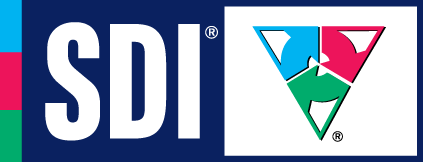It’s an age-old problem for business managers – accurately understanding what’s going to be sold in the coming month, quarter, 6 months, or year. Why is it a problem? Because if you can’t forecast sales revenue, you can’t confidently invest in other areas of the business. It also makes it a lot harder to measure the success of both sales and marketing initiatives, leading to performance which is unfocused and less effective.
Forecasting sales revenue accurately is so hard, in part due to the personalities of salespeople. Managers like to recruit optimists as salespeople due to their positive outlook and nautral resilience. Then when the manager asks the salesperson “are you going to hit your target?” or “do you think this deal will come in by the end of Q1?” they shouldn’t be surprised when the salesperson responds with a confident “yes” even if they have no evidence to back that up. Yet even though sales forecasting is notoriously difficult, organisations such as Zendesk have distilled this fine art into a science that can predict sales revenue with a 1% margin of error.
The answer, in part, lies in the sales pipeline. Most selling organisations have a sales pipeline broken into stages (and if you don’t have one in please, please get in touch!) which they use to predict how many of the opportunities being worked on will become a reality. This technique is pretty universal in 2025, but beyond that, there are 3 common approaches being employed.
1: Using simple descriptors of pipeline stages
Let’s imagine a simple sales pipeline with the following stages:
- Best case – 90%
- Strong opportunity – 70%
- Interested lead – 40%
- Qualified lead – 20%
- Unqualified lead – 10%
Yet there are two problems here:
- Different salespeople will have different ways of interpreting the descriptions, perhaps based on their personalities, or even how positive they’re feeling at the time. What to one salespeople could be “best case” might be “interested lead” to another. Or the same opportunity could be perceived as “best case” if that salesperson has nothing better in the pipeline at the time, or “strong opportunity” if there are other greater possibilities. Yet the presence of other opportunities in a pipeline shouldn’t have any impact on the ability to close a specific deal.
- The percentage likelihood of a deal closing can change over time, and by salesperson. One person may be stronger than another at converting opportunities, which might mean that “best case” for salesperson A is a 95% probability, whereas for salesperson B it could be 80%. And as market conditions change, this can have an impact on the the whole team’s percentages.
2: Looking for salesperson actions to pinpoint the pipeline stage
Another popular method, which is an improvement on the first, is to look at the actions a salesperson has taken to justify the stage. Stages might have more specific names this time out, such as:
- Contract sent – 90%
- Quotation sent – 70%
- Negotiation – 50%
- Meeting – 30%
- Initial call – 15%
3: Using a solid methodology and prospect actions
The organisations who are best at forecasting rely not on salespeoples’ opinions, but on an objective view of what’s known about a sale, and what the prospect has actually done to demonstrate commitment. There are a number of highly respected methodologies to enable this to happen. One such option is Navanter’s SPACECHAMPS methodology. Each letter of SPACECHAMPS represents something which should be known to progress a sale.
You can read here about using SPACECHAMPS to close complex sales.
As well as being a hugely valuable sales tool it makes forecasting much more effective for a manager as well. All it needs, is for us to set certain standards of information for different stages of the sales pipeline.
Let’s look at one letter from SPACECHAMPS: Aware of needs.
Rather than taking a simple view of “is the salesperson aware of the needs of the prospect” we can put 3 (or sometimes 5) levels of descriptor on this category, which enables us to measure something which is notoriously hard to measure. These descriptors tend to be unique to different businesses to improve accuracy, but let’s say that we have three grades as follows:
- Red (lowest level): I'm able to quantify the main pain.
- Amber (medium level): I have identified all relevant pains. The customer has confirmed how they will measure the value of a solution.
- Green (ideal situation): The key stakeholders have confirmed the impact the pain is having on the organisation/stakeholders, and the value my solution can bring is quantified & signed off.
Let’s put our original pipeline definitions in again, and add in our SPACECHAMPS descriptors:
Best case – 90%
- S: Green
- P: Green
- A: Green
- C: Green, etc.
- S: Green
- P: Amber
- A: Green
- C: Amber, etc.
- S: Amber
- P: Amber
- A: Amber
- C: Red, etc.
- S: Amber
- P: Red
- A: Red
- C: Red, etc.
- S: SPACECHAMPS currently unknown.
It’s important to remember that the percentages and descriptors will be individual to the organisation and the sales team. But if you go through these steps in your organisation, you’ll find it’s a big step towards more accurate forecasting of your team’s sales figures.
If you’d like to talk about how Navanter can help you forecast more effectively, please get in touch.




